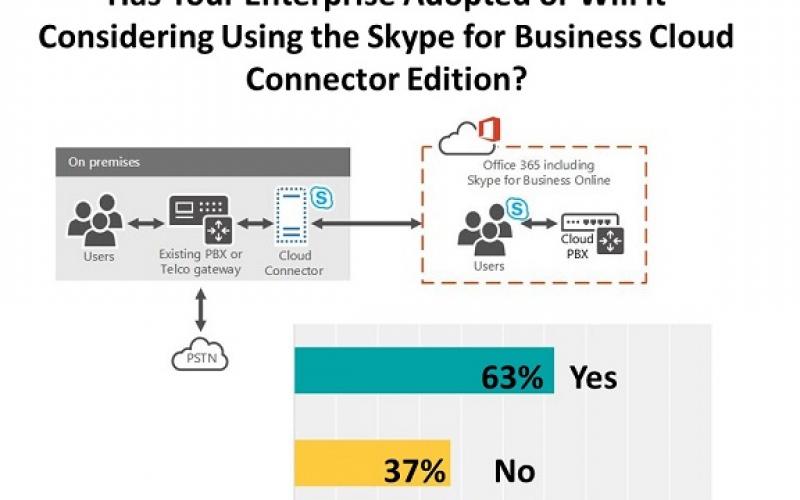

The Allowed domains list in the on-premises deployment must exactly match the Allowed domains list for your online tenant.įederation must be enabled for the external communications for the online tenant, which is configured by using the Skype for Business Online Control Panel. The Blocked domains list in the on-premises deployment must exactly match the Blocked domains list for your online tenant. If partner discovery is not enabled, then closed federation must be configured for your online tenant. If partner discovery is enabled on the on-premises deployment, then open federation must be configured for your online tenant. The following requirements must be met to successfully configure a hybrid deployment:ĭomain matching must be configured the same for your on-premises deployment and your Microsoft 365 tenant. You should be familiar with the difference between Open Federation and Closed Federation, referred to as partner discovery and allowed partner domain list, respectively, in on-premises deployments. These are sometimes referred to as allowed partner servers or direct federation partners. The Allowed domains list includes domains that have a partner Edge fully qualified domain name (FQDN) configured. Requirements for Federation Allowed/Blocked Lists The Move-CsUser cmdlet to move users from your on-premises deployment to Skype for Business Online must be run from the Skype for Business Server 2015 administrative tools connected to your on-premises deployment.Ī Skype for Business Server 2015 deployment with all servers running Skype for Business Server 2015. Important: The Skype for Business Server 2015 administrative tools should be installed on a separate server that has access to connect to the existing Lync Server 2010 deployment. The federation Edge Server and next hop server from the federation Edge Server must be running either Microsoft Lync Server 2010 with the latest cumulative updates. Microsoft Lync Server 2010 with Cumulative Updates for Lync Server 2010: February 2013 applied, and the Skype for Business Server 2015 administrative tools installed on-premises. The Edge Server and pool must be deployed on-premises. The Skype for Business Server 2015 federation Edge Server and the next hop server from the federation Edge Server must be running Skype for Business Server 2015, and there must be a Central Management Store deployed. Microsoft Office Communications Server 2007 R2 with Skype for Business Server 2015 on-premises. To configure your Skype for Business Server 2015 deployment for hybrid with Skype for Business Online, you need to have one of the following supported topologies: The following clients are supported with Skype for Business Online in a Skype for Business hybrid deployment: Before you decide where you want to home users in your organization, you can view the client support for the various configurations of Skype for Business Server. There are some differences in the features supported in Skype for Business clients, as well as the features available in on-premises and online environments. For details about Directory Synchronization, see the Directory Synchronization Tool. Skype for Business Server 2015 administrative tools.Ī Directory Synchronization server. For additional system requirements for AD FS, see Active Directory Federation Services 2.0.Īn on-premises deployment of Skype for Business Server 2015 or Lync Server 2010 with Cumulative Updates for Lync Server 2010: March 2013.
#SKYPE ONLINE CONNECTOR WINDOWS#
You must have the following available in your environment in order to implement and configure a Skype for Business Server 2015 hybrid deployment.Īn Active Directory Federation Services (AD FS) Server running Windows 2008 R2 SP1 or the latest service pack. Planning for hybrid deploymentĬonsider the following requirements for users and your network infrastructure while planning for a hybrid deployment. This section describes hybrid configurations for Skype for Business Server 2015. You can also take advantage of Skype for Business hybrid configurations as a migration path to Microsoft 365. This can make it easier to provide Skype for Business services to users of your organization in different geographic locations or users that connect remotely. With Skype for Business hybrid deployments, you can have some of your Skype for Business users on-premises, and other users in Skype for Business Online, both sharing the same domain. All other customers should see Plan your hybrid deployment for Skype for Business Server 2015.

Important: This article applies only to Office 365 operated by 21Vianet in China.


 0 kommentar(er)
0 kommentar(er)
